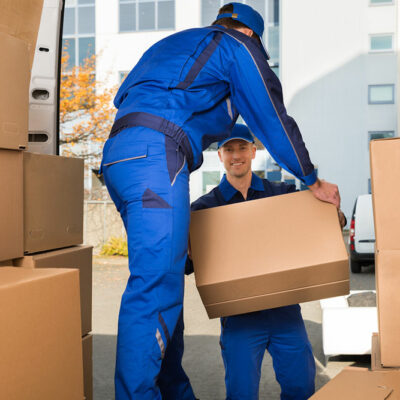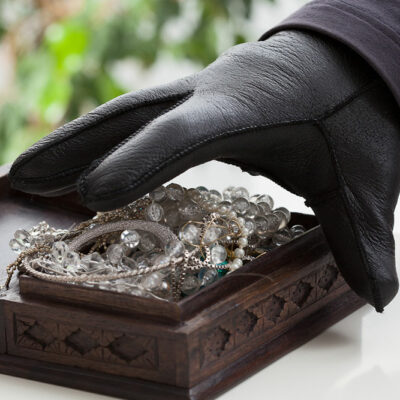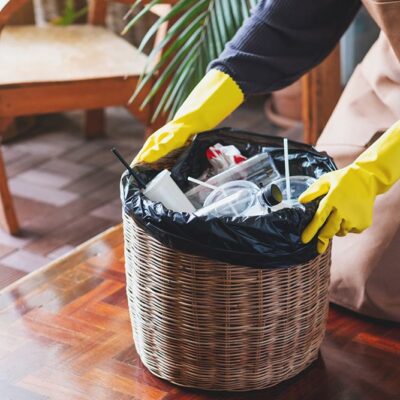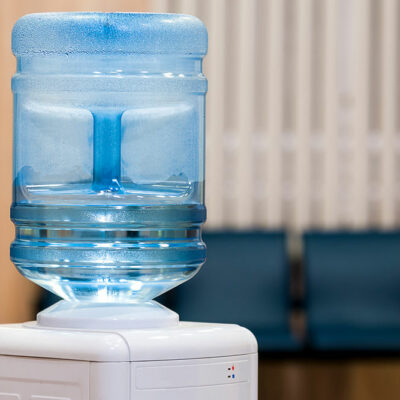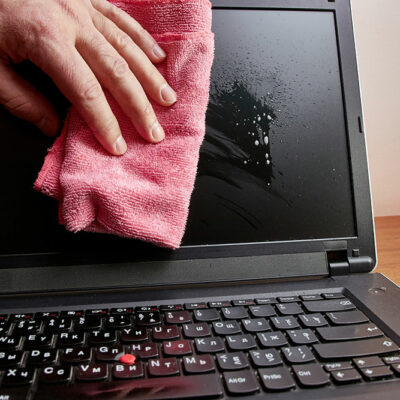
Home
10 things one should never clean with paper towels
Paper towels are a common household item, being versatile and easy to use for quick cleanup in the kitchen and other spaces. However, they should be avoided when trying to clean certain things, as the chemical composition and physical nature of paper towels may not work well for all surfaces. So, to help one avoid irreversible damage, here is a look at 10 things that should never be cleaned with a paper towel: 1. Glass surfaces Glass surfaces, such as mirrors and windows, are smooth and can scratch easily. Even tiny scratches on them can ruin their appearance. So, additional care is required when wiping these surfaces. If paper towels are used to clean them, they may leave behind lint and streaks on the glass. So, to achieve a streak-free shine, it is better to use a newspaper or a microfiber cloth with a glass cleaner. These alternatives can make the glass surfaces look crystal clear without leaving behind scratches or streaks. 2. Eyewear Eyewear, such as eyeglasses and sunglasses, need to be free from smudges and scratches to provide a clear vision. Additionally, they have a sensitive surface that can get scratched easily, also affecting their utility. So, using paper towels to clean eyewear can leave behind fine scratches because even though they seem gentle, paper towels can be abrasive in nature.

